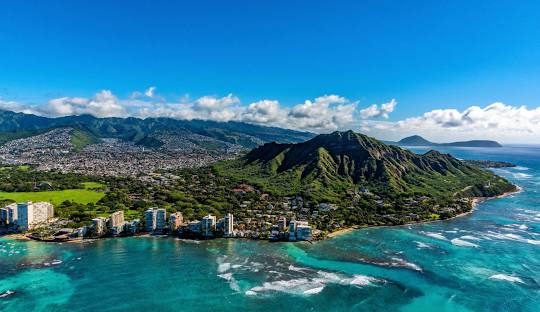
Oʻahu: The Gathering Place with a Rich History and Cultural Legacy
Posted by on
Oʻahu, often called "The Gathering Place," has been a center of culture, power, and transformation throughout Hawaiian history. The nickname was first suggested by Hawaiian Almanac author Thomas Thrum in 1922, though its exact linguistic origins remain debated.
The island's history dates back to early Polynesian settlers, who are believed to have arrived between 900 and 1200 A.D. Over the centuries, Oʻahu became home to powerful ruling chiefs, including Maʻilikūkahi, a lawmaker who established a 304-year dynasty, and Kahekili II, the king of Maui who conquered Oʻahu in 1783. However, in 1795, King Kamehameha I defeated Oʻahu’s rulers in the Battle of Nuʻuanu, bringing the island under his control and leading to the eventual unification of the Hawaiian Islands in 1810.
Oʻahu was the first Hawaiian island sighted by Captain James Cook during his third voyage in 1778. Though he bypassed the island, his expedition marked the first recorded contact between Hawaiians and non-Polynesians. The following year, Captain Charles Clerke briefly landed at Waimea Bay before continuing his mission.
The island also played a pivotal role in World War II history. On December 7, 1941, the Japanese attack on Pearl Harbor propelled the United States into the war. Today, the USS Arizona Memorial and USS Missouri serve as reminders of the attack and the resilience of those who fought in the Pacific theater.
From its early rulers to its strategic military importance, Oʻahu remains a central part of Hawaii’s history and cultural identity. Today, it continues to thrive as a vibrant destination, where past and present converge in its diverse communities, historical landmarks, and breathtaking landscapes.